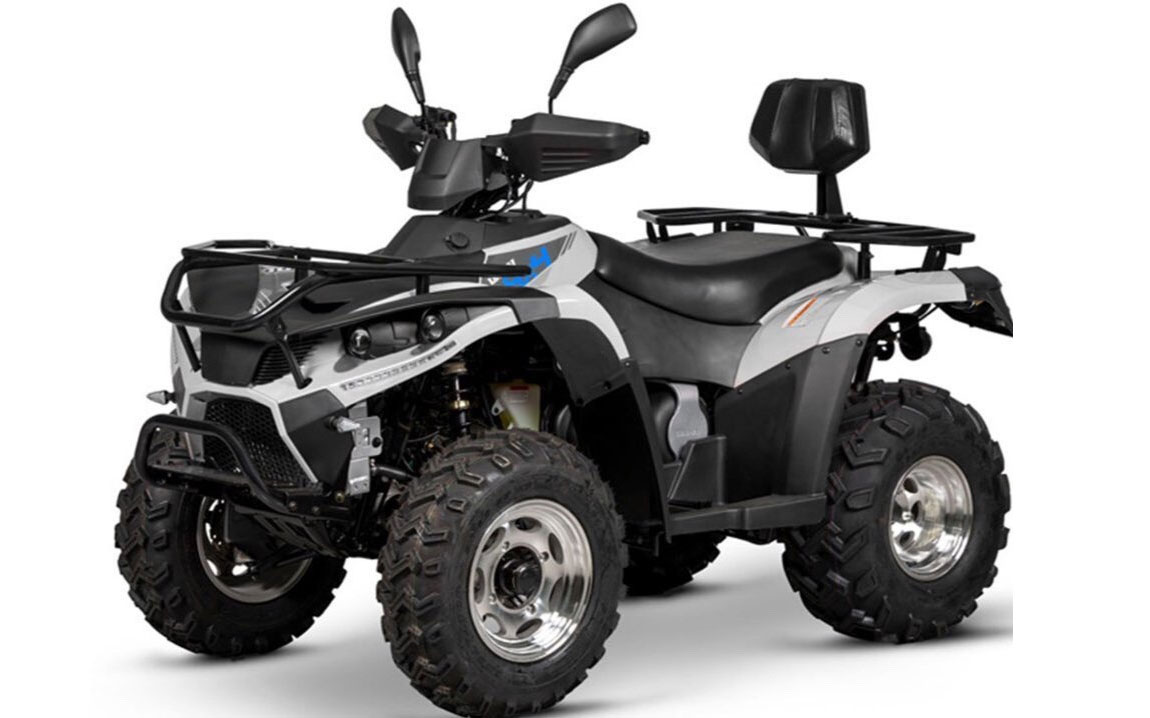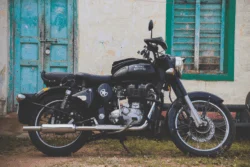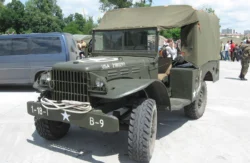Most ATVs have a drive chain and sprocket assembly similar to that of a motorcycle. Changing this assembly by yourself is not a very hard job, but it does require some work and careful thought.
It is best to do this job on a clean hard surface such as a driveway or garage floor. This will make the process much easier and less stressful.
Chain Pitch
An ATV combines the rugged trail-climbing capabilities of an off-road truck with a motorcycle’s compact and lightweight form. As such, it uses a motorcycle-style chain-driven rear sprocket to turn the axle gears that power the tires. This is a more compact and efficient method of turning the wheels than having a driveshaft and rear differential like a pickup truck or SUV. However, the small size of the ATV can make it more difficult to find chains that will fit correctly. To avoid this problem, it is best to learn how to measure the chain pitch and gauge so you can determine the correct size.
A chain is a series of linked inner plates held together by pins. A standard motorcycle and ATV chain has a pin that passes through a roller to improve efficiency and reduce wear. The chain also has a width between the two inner plates. The chain’s pitch and width are measured with a caliper or tape measure. The first digit in the measurement represents the chain’s pitch, and the last two digits represent the chain’s width. Motorbike and ATV chains are usually marked with the chain type (e.g., 420 roller chain), the chain pitch (e.g., 4″), and the chain width (e.g., 3/32″). An “H” after the standard number indicates a heavyweight chain.
Generally, you can determine the proper chain pitch for your ATV by looking at a chart of different chain sizes and tire sizes. However, if the chain is too loose or too tight it can cause problems with the ride quality and drivability of your ATV. To solve this, you can add a chain tensioner to each of the wheel wells.
The best place to work on a chain is on a hard surface, such as a concrete driveway or garage floor. This will prevent you from getting dirty and make the installation process much easier. Once you have the chain off, inspecting the chain guides and sprockets for wear is a good idea. If the sprockets are worn out, it is important to replace them with new ones to ensure a proper and safe fit.
Chain Length
Over time, the chain on an ATV will wear down. This is due to the fact that the chains and sprockets rub together when the bike is in motion. To prolong the life of your ATV chain, it’s important to keep it tight. A loose chain will wear out much faster than a tight one.
Before you begin working on your ATV’s chain, make sure that you have a good clean surface to work on. A concrete driveway or garage floor is ideal. This will make the process go much more smoothly for you. Also, it’s a good idea to release the parking brake so that you can roll the ATV forward for easier access to the rear wheels and sprockets.
Locate the chain master link, which is usually a small clip located near the end of the chain. This will help you identify the proper chain size for your ATV. Then remove the master link from the chain and lay it out flat. Make sure that the studs are facing upward and that there are no twists or tangles in the chain.
Once you have the chain in a straight position, locate the sprockets. There will be two sprockets on your ATV, a smaller front sprocket and a larger back sprocket. The front sprocket is attached to the engine transmission assembly, while the rear sprocket is on the rear axle assembly. The drive chain runs around the two sprockets, pulling the rear axle and driving the ATV forward.
You may want to use tire pressure to help you snug up the chain, but this is not a risk-free method and should never be used on more fragile chains like regular truck chains. Instead, you should consider installing a set of chain tensioners. These will keep your chain tight and will make it easy for you to adjust it when needed.
Once you have the sprockets off of your ATV, check them to see that they are in good condition and free of any dirt or debris. If they are worn down or rusty, consider replacing them. It’s also a good idea to install new chain guides or rollers, as these are known to wear down over time.
Chain Width
Unlike motorcycle chains, the drive chains for ATVs are not made of individual links held together with pins. Instead, the chain runs around rollers that are attached to the sprockets. As the chain rotates, these rollers help to reduce wear and provide additional efficiency. Each chain link also has two inner plates held in place by pins. This allows for more strength and less flex when the chain is under tension.
Most ATVs use a rear-wheel drive system that uses a chain and sprocket to turn the axle gears that transmit power to the back wheels. While this system is less efficient than a full-size truck or SUV’s rear differential, it is much cheaper to maintain and repair. The chain system also allows for a wide range of tire sizes to be used on the vehicle without needing to modify the axle gears or transmission.
A proper fit for the chain is essential to ensure smooth and consistent performance. A chain that is too loose will cause the tires to rub against the sprockets, causing premature wear and potentially damaging the engine and other driving components. Conversely, a chain that is too tight will result in excessive stress on the sprockets and other drive components.
To find the right chain size, start by counting the number of links in your current chain. Then, compare the length of the new chain to your old one. If the new chain is shorter, you’ll need to add extra links with a rivet machine. If the chain is longer, you’ll need to remove a few links with a cutter.
Once you’ve found the correct chain length, it’s time to start putting the chain on. First, lay the chain out with the boomer fasteners on both sides facing forward. If your chain kit didn’t include shackles, you can find them cheaply at most hardware stores. If your chain has shackles, make sure they are on the correct side of the chain to keep it from getting loose.
Once you’ve installed the new chain and sprockets, it’s a good idea to put some medium-strength thread lock on the bolts holding the sprockets in place. This will prevent them from coming loose while riding and will make it easier to replace them in the future.
Chain Type
There are three types of chains commonly associated with ATVs – drive chain, tire chain, and tow chain. Each provides a distinct function for the ATV and its owner.
A drive chain provides an excellent means to traction on snow and ice. These are the traditional chains that most people think of when they hear the word “chain.” They have a set pattern and link together to form the desired shape, which allows them to provide constant traction. They are a great choice for drivers who regularly encounter snow or ice.
Tire chains are typically made of strong fabric or metal and have cross-chain hooks that help to keep the tire chain on the ground, providing the driver with excellent traction. They are very easy to mount and can be removed just as easily. The user may want to consider using a valve stem removal tool, which will allow them to loosen the chains and remove them without having to dismount the tire from the vehicle.
If a driver is looking for a less expensive option to help with traction on snow or ice, they should consider a non-metal, abrasion-resistant chain. These are generally not as durable or effective as a traditional metal chain, but they do work well for occasional snow or ice.
Before buying a new chain, the driver should inspect the old one to ensure that it is still good. The chain should have a number on it that indicates the pitch and width of the chain. The pitch is the distance between the center of two pins in a chain link, and the width is the size of the inside face of the inner plates that make up a chain link.
If the old chain is good, the driver should measure the pitch and width of the chain to determine what size chain to order. The size of the front drive sprockets should also be determined, as this will impact chain fitment. The new chain should be lubricated prior to installation, and the sprockets should be cleaned and tightened. Using a good quality thread lock when tightening the sprocket bolts is recommended, as this will prevent them from coming loose while riding.







